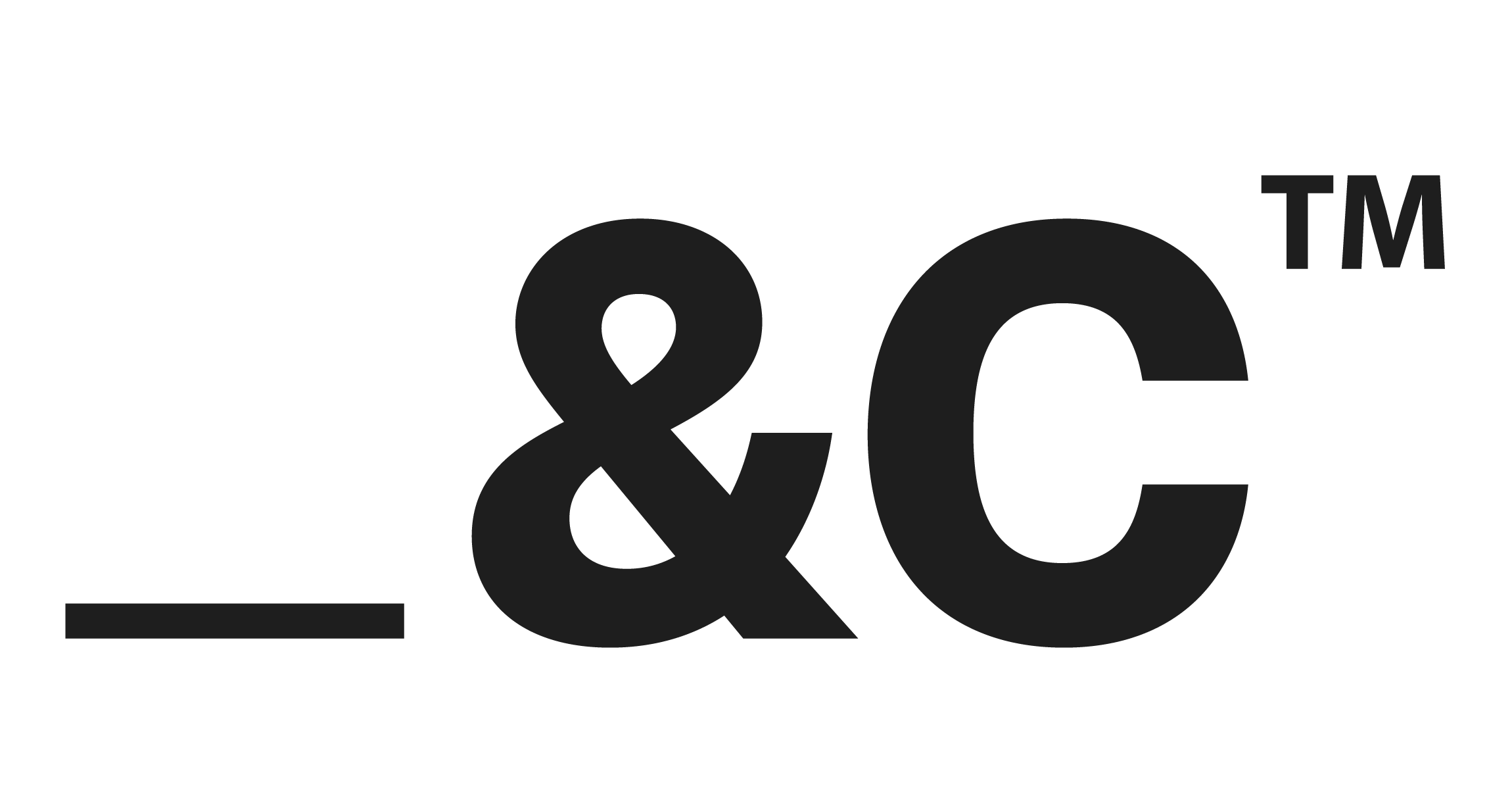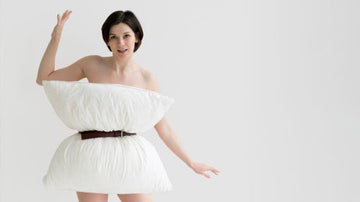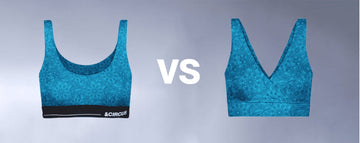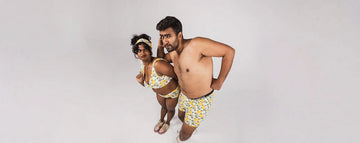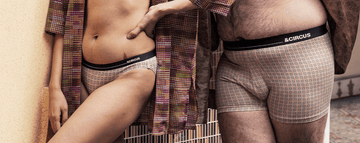Imagine slipping into undergarments that feel like an extension of your own skin silky smooth, incredibly adaptable, and built to accompany you through the hustle of a vibrant Mumbai morning or a steamy Bengaluru evening. This is the essence of innovative innerwear today, fundamentally changing our perspective on the layers we wear nearest to our bodies. In an era where even minor irritations can throw off an entire day, forward-thinking brands like Andcircus are leading the charge, demonstrating that exceptional softness is far more than a mere indulgence; it's a necessity for modern living.
Comfort Beyond Aesthetic
This surge in preference for comfort-oriented innerwear is evident nationwide. Across states such as Maharashtra, Karnataka, Tamil Nadu, Delhi, and Telangana, where fast-paced city life intersects with muggy conditions, people are abandoning rigid synthetics in favor of breathable, flexible alternatives. Similar patterns emerge in Uttar Pradesh, Gujarat, Haryana, Kerala, and West Bengal, as buyers hunt for items like men's boxers, women's undergarments, bralettes, and maternity bras that deliver invisible support without compromising on feel.
The shift reflects a broader evolution in consumer priorities, where functionality meets personal expression. Shoppers now expect innerwear to adapt seamlessly to their routines, whether commuting in humid climates or navigating busy urban environments. This demand has spurred brands to innovate, focusing on materials that prioritize skin health and ease of movement.
Emerging Trends in Fabric-First Innerwear
Navigate any digital shopping platform be it Amazon, Ajio, Myntra, Flipkart, Nykaa Fashion, or niche sites like FirstCry and All Things Baby and the prominence of micromodal alongside Tencel ModalMicro fabrics becomes unmistakable. Far from mere jargon, these materials are revolutionizing high-end intimate clothing. The global underwear market was sized at USD 99.57 billion in 2025, anticipated to expand to USD 128.64 billion by 2030 at a compound annual growth rate of 5.26 percent, propelled by booming online sales, the fusion of athletic leisure with personal wear, and rapid advancements in textiles.
Buyers increasingly seek adaptable clothing that effortlessly shifts from exercise sessions to professional settings, prompting manufacturers to integrate techniques like seamless weaving and yarns that draw away moisture to satisfy these needs. In the Indian context, this movement dovetails with a strong emphasis on sustainable lingerie options. The Asia-Pacific region secured 53.68 percent of revenue in 2024, bolstered by economical production and an expanding middle-income demographic.
Meanwhile, the men's underwear segment globally stood at USD 78.3 billion in 2024, forecasted to advance at 5.7 percent CAGR until 2034, with cotton commanding USD 32 billion that year and briefs projected to climb from USD 24.5 billion to USD 44.6 billion over the decade. Inclusive designs spanning genders are on the rise, encompassing boxer briefs for males to bikini styles and boyshorts for females, embodying a wider acceptance of diversity.
The female category is progressing swiftly too, with synthetic materials expected to achieve a 5.30 percent CAGR, influenced by eco-friendly enhancements. Companies are harmonizing utility with aesthetics, presenting hipster options, trunks, and nursing bras tailored to varied requirements, such as coordinated sets for couples.
These developments are not occurring in isolation they're part of a broader global momentum toward innovation. In the men's segment, growing demand is being shaped by evolving lifestyle needs, rising focus on fitness, and regional shifts in consumer behavior. Asia Pacific, in particular, is emerging as a key growth engine, driven by urbanization, expanding middle-class demographics, and increasing health-consciousness.
The Science of Softness: How It Reduces Friction
Rigid bands and coarse joins often plague closets, triggering discomfort that intensifies in moist areas like Kerala or Tamil Nadu. Artificial textiles retain warmth, resulting in abrasion and unease. However, Tencel ModalMicro, originated in Austria, transforms this narrative. This green alternative surpasses cotton and polyester in silkiness, air circulation, and allergy-friendly attributes being decomposable, sweat-absorbing, and gentler than standard choices.
Andcircus leverages this through streamlined assembly: stitch-free edges that skim the skin smoothly, averting scrapes over extended periods. Envision men's briefs or women's bralettes that vanish in sensation yet offer subtle backing. In an industry where buyers crave germ-fighting traits 55 percent of males favor undergarments with wellness advantages, according to surveys this material excels, pulling moisture to maintain freshness.
The worldwide drive for these breakthroughs is evident. Technologies like modal fabric, absorbing 50 percent more than cotton, propel expansion, with the men's sector targeting a 5.4 percent CAGR from 2023 to 2030, attaining USD 56.68 billion. For routine use, this equates to diminished rubbing and heightened mobility perfect for dynamic routines in lively hubs like Delhi or Hyderabad.
Further, sales of moisture-drawing textiles surged 20 percent in the prior year, underscoring the trend toward functional enhancements. Such progress not only curbs friction but also bolsters overall skin well-being, reducing risks of irritation in sensitive zones.
Case Study: Maternity Innerwear that Truly Cares
Expectancy introduces distinct hurdles: evolving physiques, tender epidermis, and requirements for simple nursing access. Andcircus's maternity lineup confronts these directly with versatile lounge bras boasting overlap openings and low-waist V-form panties. Fashioned from micromodal, these provide ventilation and elasticity, facilitating after-birth recuperation and belly-button ease following cesareans.
Patrons extol the rub-free alignment. An influencer, mirroring views from @shainatanna's posts, praises the gentle material for calming without constriction, whereas @taleofourtrails emphasizes its flexibility for maternity excursions outdoors. Within a specialized area where women's underwear is slated to advance at 5.76 percent CAGR through 2030, these creations distinguish themselves by merging aid with sophistication.
Online nursing bras are more obtainable than ever, found on sites like Noon, Namshi, and Cred. The crux? Elements minimizing friction to thwart annoyance, allowing fresh mothers in places like Karnataka or West Bengal to prioritize delight over distress.
This approach extends beyond mere design; it incorporates feedback from real users, ensuring products evolve with needs like postpartum support. By focusing on adaptive features, Andcircus addresses common pain points, fostering confidence during transitional phases.
Challenges in Achieving Functional Softness
Progress isn't always smooth. Certain consumers overlook Andcircus's whimsical, unisex patterns as overly lighthearted for earnest application. Yet, these motifs distinctive material combinations that are green and multifaceted demonstrate efficacy via airflow and resilience.
An additional barrier: views on absent superior-performance features. Nevertheless, with sweat-managing technology mirroring sector patterns where such material transactions increased 20 percent recently Andcircus provides uncompromised ease. Restricted physical outlets? They're broadening virtually on StoreHippo and via networks like Instagram, Facebook, YouTube, Reddit, and Pinterest, informing through material magnifications and fashion suggestions.
Comprehensive measurements from XS to 5XL tackle bodily variety, rebutting concerns with tangible fixes. As the industry esteems durability apparent in the underwear field's 5 percent CAGR toward USD 147 billion by 2033 these obstacles morph into prospects for advancement.
Overcoming these involves education: highlighting how playful elements enhance rather than detract from utility, and expanding reach to build trust. In doing so, brands like Andcircus pave the way for broader acceptance.
Business and Sustainability Impact
Underwear that curtails rubbing benefits more than epidermis; it cultivates devotion. Content patrons revisit, amplifying recurring acquisitions and organic promotion on social platforms. Andcircus's absolute contentment pledge swap the initial item without inquiry clinches agreements, as tailorable bundles of 3, 6, 9, or 12 units grant up to 30 percent savings, blending dimensions, hues, and motifs for any preference.
Eco-friendliness radiates via degradable textiles, syncing with international pivots to deliberate style. In a sphere steered by moral selections where younger generations favor green alternatives this nurtures an environmentally sound tomorrow. Commercially, it heightens prominence on major online venues, spurring transactions in key areas and further.
Consider the male category: with boxer briefs claiming 33.6 percent portion in 2022, novelties such as Andcircus's micromodal variants capitalize on this, advancing aware usage.
Moreover, the overarching market, pegged at USD 94.5 billion in 2024 and eyeing USD 147 billion by 2033 at 5 percent CAGR, underscores sustainability's role in driving loyalty and growth. By integrating ethical practices, businesses not only meet demands but also contribute to long-term industry health.
The Future of Softness in Innerwear
Softness exceeds mere sensation it's a pledge to vitality, solace, and ecology. As illustrated, from mitigating abrasions via cutting-edge textiles to adopting diverse blueprints, pioneers in novelty will command the arena. The underwear market trajectory from USD 94.5 billion in 2024 to USD 147 billion by 2033 highlights this necessity.
Guidance from experts, like in discussions on women's underwear choices, stresses natural fibers blended with elastane for breathability and endurance, echoing the need for thoughtful selections.
Eager for enhancement? Venture into Andcircus's arrays: assemble your rub-free assortment, investigate essentials for motherhood, or synchronize with a companion. Via Instagram or Pinterest, view textile showcases that animate the tenderness. Ultimately, superior innerwear fades into the background, empowering full engagement with life. Why accept anything inferior?
Frequently Asked Questions
How does soft underwear help reduce friction on the skin?
Soft underwear made from smooth, breathable fabrics like micromodal or organic cotton minimizes friction by providing a gentle barrier against the skin. This reduces chafing and irritation, especially in sensitive or high-movement areas, enhancing overall comfort.
What materials are best for soft underwear that improves comfort?
Materials such as micromodal, bamboo, and organic cotton are ideal due to their softness, breathability, and moisture-wicking properties. These fabrics keep the skin dry and comfortable, contributing to enhanced wearability and skin health.
Why is reducing friction important for improving underwear wearability?
Reducing friction prevents discomfort and skin irritation that can lead to redness or rashes. Soft, low-friction fabrics allow for better movement and longer wear without irritation, making underwear more suitable for all-day use.
Disclaimer: The above helpful resources content contains personal opinions and experiences. The information provided is for general knowledge and does not constitute professional advice.
You may also be interested in: The Essential Guide to Men's Underwear for Various Activities
Uncomfortable underwear shouldn't steal your confidence. At Andcircus, we craft ultra-soft, sustainable Lenzing Modal Micro innerwear for every body, XS to 5XL. From briefs to bras, our custom packs fit you perfectly. Shop risk-free with our 100% satisfaction guarantee and embrace comfort that includes everyone. #LoveEveryBody. Shop Now!


